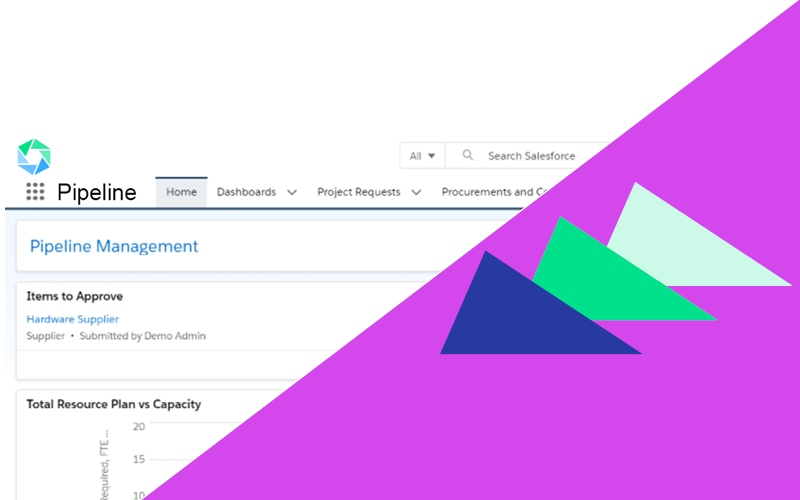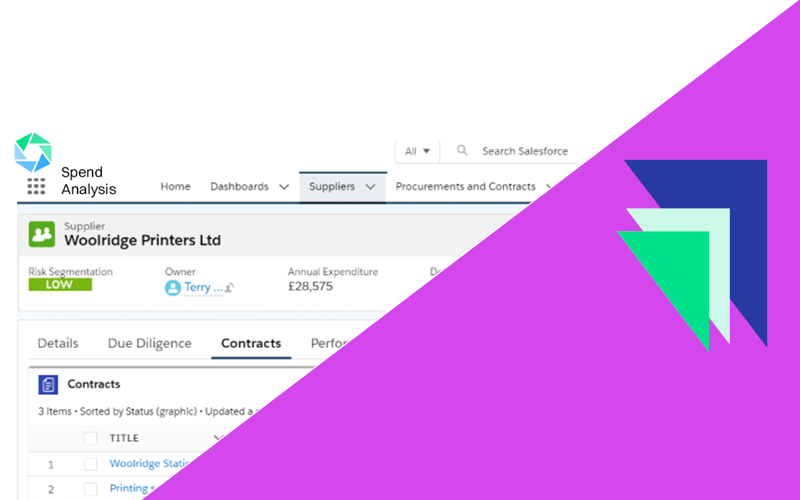Over the years, procurement has worked hard to refine and deliver efficient, streamlined strategies and accompanying processes. Thanks to sustained economic growth, businesses have been able to make supply chains lean and cost-effective, using global networks to deliver goods and services. Then Covid-19 came along and exposed a significant flaw – a lack of resilience.
Both supply and demand have been disrupted globally by lockdown and border restrictions. Some countries have responded by introducing trade restrictions and nationalist policies to promote domestic industry. With no end in sight for the pandemic, many companies are looking to build more resilience into their supply chain strategy at a local level.
This, however, goes against the lean approach the procurement industry has previously taken. Balancing resilience with efficiency will be challenging, but if companies don’t make the necessary changes, they may not survive.
Introduce agility into your supply chain strategy
Procurement professionals have already proved themselves to be masters of cost control and operational efficiency. The supply chain disruption of Covid-19 brought with it the realisation that additional levels of agility are needed. Developing responsive sourcing and procurement processes to mitigate disruption requires enhanced visibility for decision-makers, providing information in real-time so critical decisions can be made.
Being able to make informed decisions and improve organisational agility requires access to several data sources. Internal data such as supplier information and performance needs to be combined with external sources, for example, market intelligence, geopolitical factors and economic conditions. Once the data has been pulled together and analysed, you gain crucial insights which will allow you to understand your vulnerabilities. You can then make rapid adjustments to prevent or reduce the impact of risks to your business.
Invest in technology
The complexities of the current business, political and consumer landscapes make it difficult for companies to meet demanding supply chain challenges. These challenges can be compounded if you haven’t yet moved towards a digital supply chain. Complicated manual processes can hinder transparency and impede your ability to control costs and risk effectively.
Procurement software provides a framework to manage your procurement process and supply chain. It gives you a clear understanding of your sourcing cycle, enabling you to make data-driven decisions and create a consistent view of risk from a central data depository. With an enhanced understanding of your business operations, you’ll know exactly where your pain points are. You can then quickly adapt your supply chain strategy to take into account changing circumstances.
Supply chain diversification
Logistic issues caused by Covid-19 coupled with over-reliance on other countries for certain products and services has forced a rethink around supply chain diversification. Reducing dependence on critical suppliers can be done in two ways. First, increase the number of suppliers by awarding contracts to different businesses. Second, if you want a single-source supplier, choose one who produces goods or services from more than one location.
Using local suppliers could also support resilience in supply chains. It would bolster the domestic economy and support regional businesses. Currently, smaller enterprises are often locked out of supplying industries and the public sector who favour fixed, high volume contracts with single suppliers. If travel restrictions are reintroduced, having local suppliers reduces the risk of service interruption for customers and gives you a greater opportunity to meet customer demand.
Focus on risk
If Covid-19 has taught us anything, it’s that circumstances – and accompanying risks – are ever-changing. For example, if your supply chain involves several countries, each has its own dynamics that may affect your business. Whether it be its ability to deal with a pandemic or race riots, you need to monitor circumstances that affect your suppliers. Then adapt your strategy to mitigate the risks and impact on your business.
Risk management isn’t a tick box exercise. You need to know the specific risks in your supply chain and ensure your risk mitigation strategies are tailored to them. Taking a one-size-fits-all approach is unlikely to be effective.
As companies emerge from the reactive phase of dealing with Covid-19, they can adapt their supply chain strategy to limit the severity of future interruptions. With the enhanced visibility provided by procurement software, they can respond quickly to emerging threats, protect their business and ensure long-term success.
If you’d like to talk to someone about how procurement software can help increase your company’s resilience and bolster your supply chain strategy, contact us today.
 Our Pipeline App empowers your team to plan ahead and forecast for upcoming procurement activities.
Our Pipeline App empowers your team to plan ahead and forecast for upcoming procurement activities.  The Tender App allows your team to visualise all sourcing activities within your Atamis platform, from issuing tenders to receiving bids.
The Tender App allows your team to visualise all sourcing activities within your Atamis platform, from issuing tenders to receiving bids. Our Contract & Supplier App puts your team in firm control of your key supplier relationships and provides a central repository for all contracts.
Our Contract & Supplier App puts your team in firm control of your key supplier relationships and provides a central repository for all contracts.  Our Enhancers ensure your solution is tailored to your needs. Pick and choose additional functionality that fits your requirements.
Our Enhancers ensure your solution is tailored to your needs. Pick and choose additional functionality that fits your requirements. 